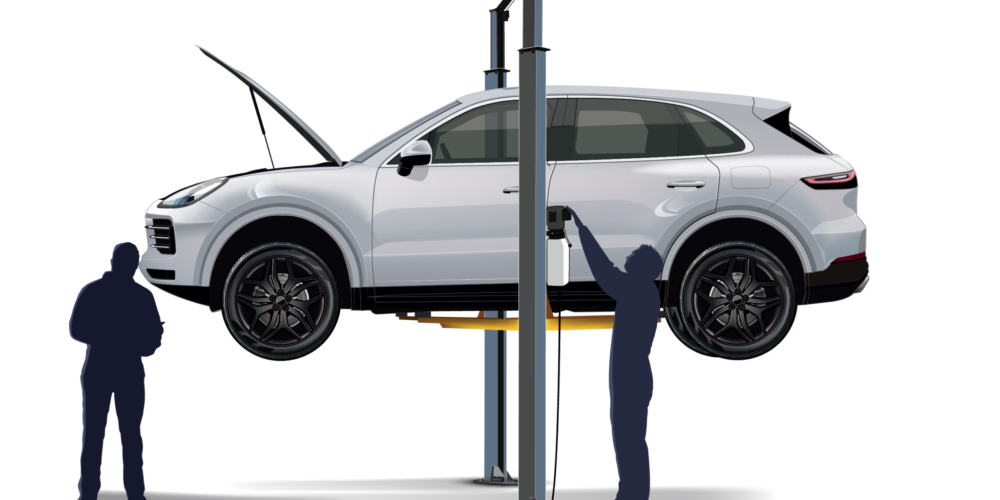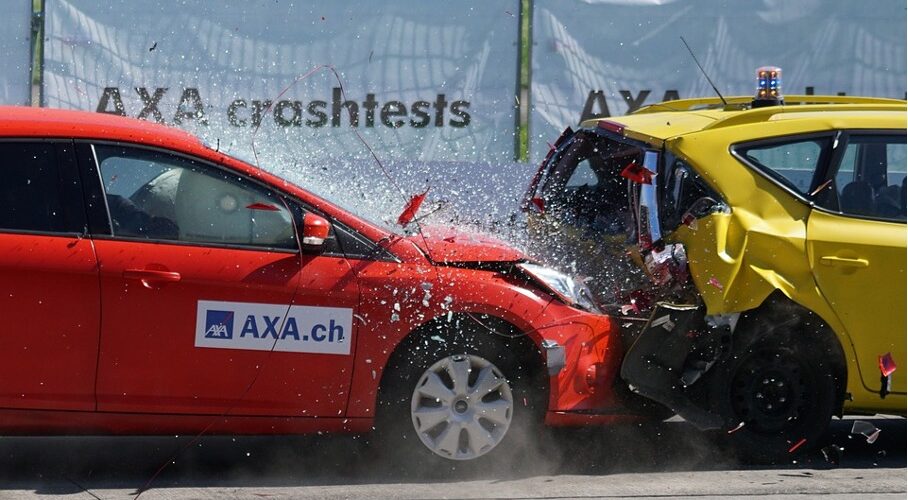Last-minute Change to the Euro 7 Standard. Will Combustion Engines Remain on the Market?
The Euro 7 standard – this regulation was supposed to fundamentally change the automotive industry in Europe, almost completely preventing the distribution of combustion cars. However, European authorities have completely changed their stance on this issue. They decided to remove a significant number of restrictions concerning passenger cars from the draft regulation. What will these changes mean in practice?

Beginnings
The first official proposal of the environmental standard was made public in 2022, but the idea had appeared as early as 2020. It was unofficially known that the standard would introduce certain changes that were undesirable for car manufacturers. Rumors prompted a reaction from a Volkswagen engineer, who gave an anonymous interview to Autonews magazine:
“We cannot use manual transmissions because gear changes would also need to be optimized for emissions, which will limit acceleration. It will be like the car has taken sleeping pills. It looks like driving a car will be completely devoid of any excitement.”
However, the most stringent draft of the standard was almost immediately rejected due to vehement opposition.
Regulations
At the beginning of 2023, a much more liberal proposal was published, which still aroused opposition from some people. The maximum amount of emitted particulate matter could not exceed 4.5 mg per kilometer – this was to further reduce the concentration of suspended dust in the air. Nitrogen oxide emissions would not change for gasoline engines but would be reduced for diesels to the level of gasoline engines, so instead of 80 mg per kilometer, the allowable amount would be 60 mg.
The standard also did not overlook Otto engines: nitrogen oxide emissions remained unchanged, but the allowable level of carbon monoxide was equated with diesels, reduced to 500 mg per kilometer, half of what the Euro 6 standard allowed. This practically eliminated the differences between these two types of engines.
Of particular note is the cold start concept included in the standard. Regardless of whether the engine is diesel or gasoline, it cannot emit more than 600 milligrams of nitrogen oxides during the first 10 kilometers driven; otherwise, the vehicle will not pass the emission test and thus cannot receive a distribution permit. According to the draft standard, laboratory tests and road measurements at temperatures from -10 to +45 °C will still be required.
The Euro 7 standard introduced a new parameter in the form of nitrous oxide measurement, which is a much more harmful greenhouse gas than carbon dioxide, although cars emit it in very small quantities.
Another parameter to be tested will be the amount of brake dust and rubber particles, which also contribute to the formation of airborne dust. From now on, their quantity should not exceed 7 mg per kilometer, and from 2035, this number will be reduced to 3 mg.
This inevitably raises the question: How much brake dust does a car produce during sudden braking? According to consistent opinions of experts, vehicles currently driving on European roads significantly exceed these proposed values, which will likely necessitate the introduction of special devices to filter brake dust so it does not enter the environment.
These last two parameters also apply to electric cars, although under the Euro 7 standard, the electric drive system is considered emission-free. This creates a certain contradiction because, according to data from the European Environment Agency, in 2020 the production of one kilowatt of electricity in the European Union emitted 229 grams of CO2. The Commission clearly aims to consider production when setting environmental standards.
Global Protests by Car Manufacturers
A few months after the publication of the latest draft standard, a study commissioned by the European Automobile Manufacturers Association (ACEA) showed that even according to pessimistic estimates, the direct additional costs caused by Euro 7 will be at least 4-5 times higher than previously estimated by the European Commission.
In practice, this means that preparations for Euro 7 alone add production costs of 2,000 euros for cars and 12,000 euros for trucks and buses.
After the study was confirmed by independent experts, many car manufacturers, including VW-Audi and Stellantis, as well as individual member states, expressed sharp opposition to the project, claiming that this formula would raise costs to a level where car production would cease to be profitable, not to mention global competitiveness.
The situation was complicated by the fact that by 2023, several car manufacturers from China had already entered the European continent, holding a significant price advantage in the electric car market. This presents another threat to the European automotive industry, which is facing many challenges.
The protests went so far that in September, Spain submitted a new draft to the European Parliament, softening the standard’s assumptions, which was supported by a significant number of member states.
According to it, Euro 7 will not introduce any restrictions on combustion engines in terms of exhaust emissions – at least for passenger cars. The original plans for heavy vehicles remained unchanged.
At the same time, the new draft did not remove the provisions concerning brake and tire dust, which means that passenger cars will still be subject to these restrictions. Nonetheless, combustion engines that previously met the Euro 6d standard can remain in production.
Manufacturers’ Response and Reaction
It should be noted that the latest draft standard still mandates a reduction in the fleet of combustion vehicles. Manufacturers will therefore have to sell more and more electric cars if they want to meet the CO2 emission limits – according to the current situation. It might seem that the days of combustion engines are numbered, but due to the significant number of applied exemptions, manufacturers remain at a crossroads and are unsure which decision to make.
Currently, electric cars are considered emission-free vehicles, but we do not know when that will change. An excellent example of this is the fact that some companies have already committed to producing only electric vehicles by 2025, while others are still developing combustion engines for passenger cars. We are watching with interest the changes that the next period will bring.









